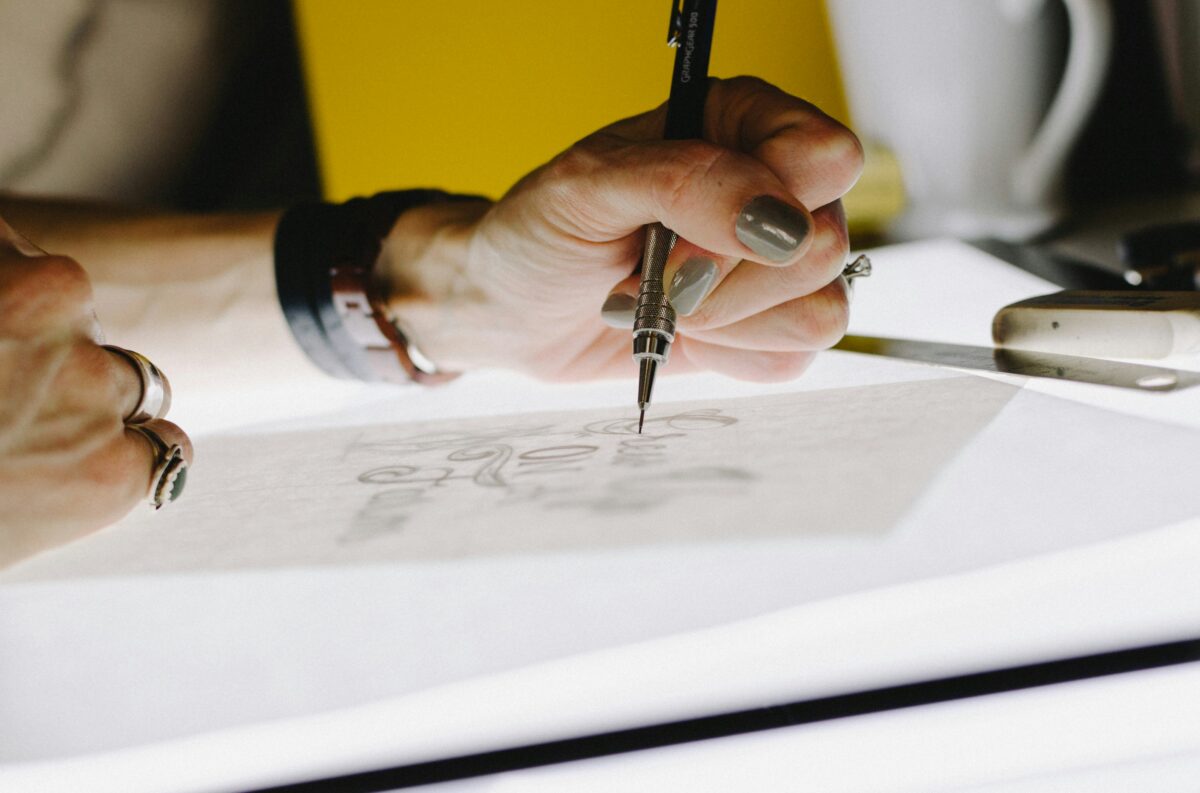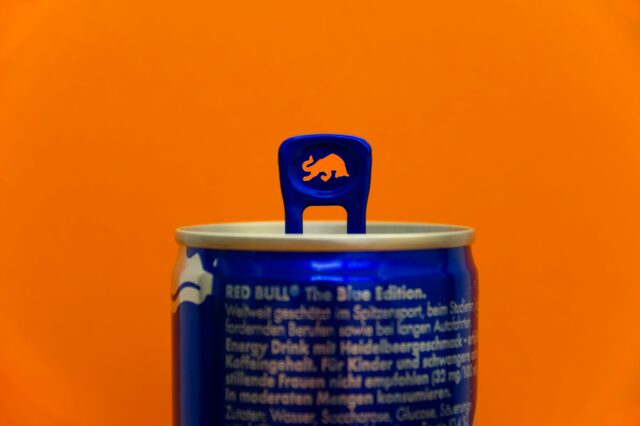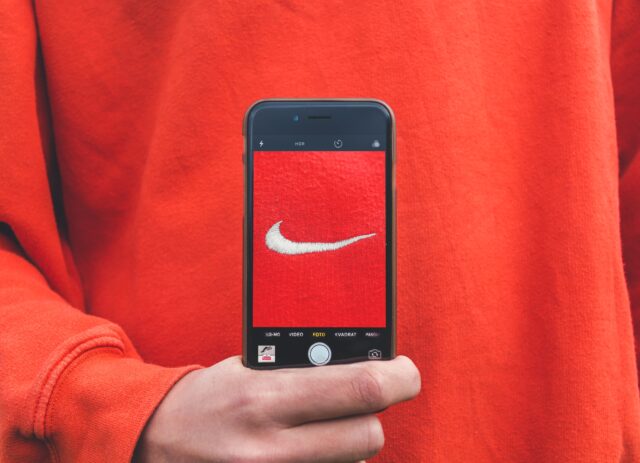It’s not news to anyone that how we work has changed dramatically since the Covid-19 pandemic. Adaptations and new working patterns were greatly accelerated and it’s left much of the working world changed – most likely for the long haul.
According to the ONS, nearly a third of the UK workforce now either works from home on a full-time or hybrid basis. This shift has created a new set of challenges, including some unique ones for those of us in the creative industry.
Our work from anywhere approach is both hugely popular and hugely beneficial, for both employees and for the agency itself. Employees can structure their work around their lives (and not the other way around) and the agency can find and integrate the best talent, regardless of geographical location.
However, for a creative team, this does pose some unique challenges.
We’re firm believers that nothing great is ever created in isolation. Collaboration, between colleagues at the agency and between us and our clients, sits at the heart of producing amazing creative work. Managing both elements in a remote-working environment can be difficult.
Here’s how to get the most out of working with remote-first creative teams.
Managing a remote-first creative team
- Working remotely can feel isolating, so having regular touch-points with your team is imperative to combatting that. Start every day with a regular, mandatory meeting. Ensure the focus for the day is set out and any blockers are either dealt with or flagged and assigned to someone to be dealt with. Most importantly though, try to keep these daily kick-off sessions informal. This is about feeling human first, and getting into the work second.
- No matter what your creative discipline is, it’s highly unlikely that you’ll get the best results by working on something solo. You need to soundboard early ideas, swap sketches and tease out the best concepts for the job at hand. At Hallam, we enshrine a non-compulsory session every day—chaired by a senior colleague—where anyone can show up and put some work on the digital table for general discussion. This helps foster a culture of shared ownership and better collaboration, as well as getting better results!
- The two initiatives outlined above help shape the right environment for creatives to thrive in, but we also know that collaboration doesn’t just happen within. Designers and copywriters need to work closely with other colleagues to get the best out of projects. That means building in regular checkpoints for any given piece of work – these are more formal, structured and action-oriented meetings that keep momentum going.
- In a studio environment, as well as collaborating as a collective, you also get offshoot connections between individuals that spark better creative outcomes. This might be chatting through an idea during a coffee-run, or the micro-interaction of just asking for someone’s opinion for something specific you’re working on. Replicating this in a remote-first setting is really difficult, so we encourage 1-on-1 interactions as part of our approach. This might mean pinging a colleague a screen grab for a quick bit of feedback, or scheduling in a quick chat to talk it through. It also helps build rapport and interpersonal relationships between individuals on the team, which contribute to better outcomes all round.
- We practise radical candour across the agency; this means being open with feedback — both positive and negative — in a way that demonstrates caring about a shared outcome. For creative teams, this means critiques. Critiquing creative work is a shared responsibility and requires a level of psychological safety that allows people to try (and fail) new things. When you’re working virtually, this can favour those with louder personalities than others, so whoever is chairing critiques has a pivotal role to play in calling upon quieter team members for their input.
- Often, more junior team members who are earlier in their career journeys and perhaps even new to a creative team, will need more support in a remote-first environment. That will mean closer line-management, more regular communication and — potentially — a lot more encouragement to engage with critique sessions. Most of all, it’s about ensuring that they feel integrated as part of the team, even if they’re hundreds of miles apart.
Working with a remote-first creative agency
- Face-to-face meetings still have their place! We love the benefits of working remotely, but give us the choice of meeting you in person or through a laptop screen, we’ll take the former every time. So, just because your agency is remote-first, it doesn’t mean they won’t meet you at your offices, or invite you to theirs. Remember that key workshops or project checkpoints might always be better served by an in-person meeting.
- If you’re meeting in a digital setting, assigning some key roles to attendees can ensure you get the most value out of them. From the agency side of the table, we’ll likely have one person presenting and one person “observing” the room. This is because it’s much harder to present and look out for micro-signals or pick up on the body language of your audience. Our “observer” will have the job of looking out for when stakeholders express interest, or outwardly positive/negative signs – the observer will then need to be empowered to ask directly for that person’s opinion when appropriate. This helps keep the dynamic of an in-person presentation and ensures everyone gets the most value out of them.
- In a similar vein, don’t be surprised when you spot one participant jotting down all of the notes. It’s hard to present and take notes in person, it’s virtually impossible if you’re trying to do it…well, virtually.
- The note-taker might not even be human! There are lots of AI tools out there that can assist with both taking notes and drawing out key insights or actions for you. At the very least, calls might be recorded for additional playbacks at a later date. Your agency should advise you if either of these activities is taking place before the call, in case you’d rather they weren’t used at all.
- Expect to get involved! Just because a workshop is virtual doesn’t mean you won’t be hands-on – again, creative agencies have a variety of digital tools that work as replacements for a wall full of post-it notes. Remember that we want your collaboration from both ends for the best outcome.
- In some cases, that collaborative journey might be a much more involved approach than just checkpoints or workshops. Maybe you have internal resources that need to be fully involved every step of the way – in our case, we make this work by integrating your team members into our daily rituals and assimilating them as part of the team. This will mean a more open process and—at the end of it all—the best possible creative work, generated together.
Adapt and learn
Remote work is here to stay, so having an open-minded mentality is key and adapting processes that help maintain the right levels of communication and collaboration are both vital to the success of any creative endeavour.
The key to success in creative is to never stop adapting what you do; try lots, fail lots and find the sweet spot that works best for you and your team.
If you’re ready to work with a remote-first creative team, get in touch.





